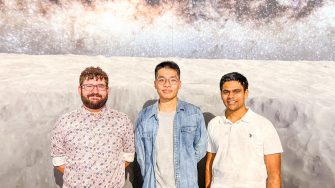Simplicity in durability: How the UNSW VIP team plans to compete in the Over the Dusty Moon Challenge.
The team having passed phase one of the project will be using a tried-and-true method to transport lunar soil during the competition based in Colorado, USA.

